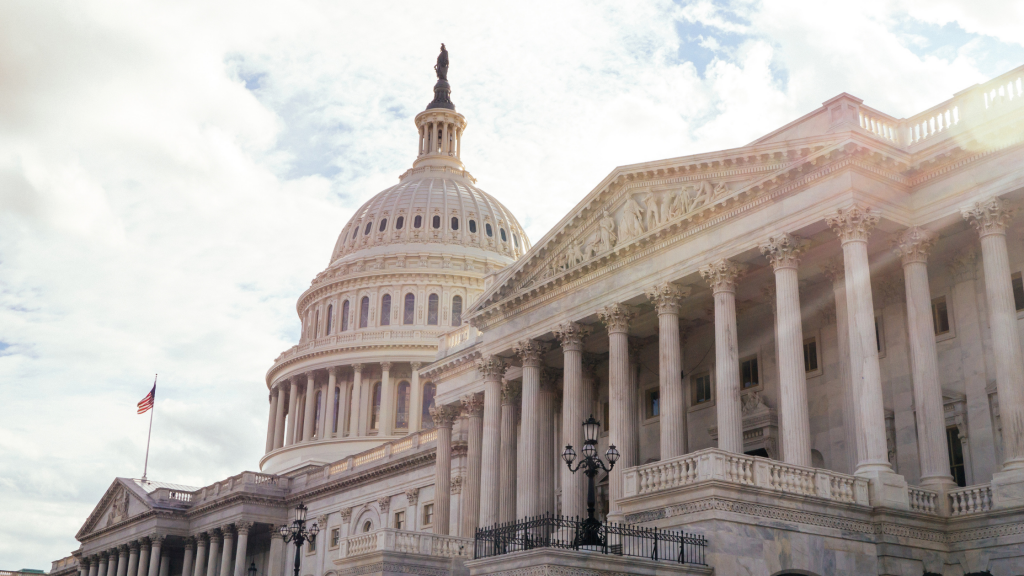By Ryan Johnston, Policy Counsel
Create New Funding Opportunities That Work With State Funding, Not Against It.
New funding opportunities should not come with caveats that prevent communities from pursuing other funding opportunities. One barrier to infrastructure development is the inability of localities to simultaneously gain access to both federal and state sources of funding when needed. The Connect America Fund (CAF) awards are an example. Funding through the CAF program is available in only those areas where there are “no unsubsidized competitors” meaning that if there is any other provider in an area accepting funding from any public source, federal dollars are not available to them through the CAF program.
This harms competition as it does not incentivise carriers to build out their networks into areas they may otherwise be able to, if eligible for federal funding. Additionally, it makes providers who are eligible for both state and federal funding hesitant to accept state funding given it may cut off their access to federal funding programs that may help pay for any uncovered costs, or would allow them to build in better service to the communities they propose to deploy in.
Require the FCC to Collect Broadband Pricing Data to Supplement Its Mapping.
Congress has already taken great strides in passing the Broadband DATA Act to refresh and make FCC mapping efforts more accurate and reliable. However, the inclusion of pricing data in national broadband maps is necessary to increase transparency, promote competition, and hold providers accountable for providing the services they promise at any given price point.
The Commission has been reluctant to collect this data and even more reluctant to release it publicly. This data collection and its subsequent release will help hold providers accountable. Congress can play a critical role by issuing a mandate.
Recognize That Deployment Does Not Always Equal More Connections.
Deployment projects designed to connect the unserved communities are essential. However, there are underserved areas where take rates remain low that need resources for adoption programs. Specifically, underserved communities would benefit from resources to support access to digital tools, increasing digital literacy, and providing technical support.
Representative McNerney sponsored the Digital Equity Act of 2019 which included the makings of a federal program designed to boost digital adoption through community engagement. Importantly, it was not based on how any agency or Congress believed adoption programs should be run, but aimed at the core principles of adoption and left to the discretion of local institutions best positioned to meet adoption goals.
Times have changed since, in 2017, NTIA highlighted that most people weren’t connected because they failed to see a need for broadband or it lacked relevance to them. When COVID-19 forced government services, education, healthcare and businesses online, it revealed the universal need for equal access to broadband. We need to ensure that people have access to robust and reliable connections as well as knowing how to utilize them.
Encourage Inter-agency Partnerships That Help Reduce Barriers to Adoption for Public Housing Residents.
We know that often low income residents turn to wireless connectivity solutions because they are more accessible and affordable than fixed services. Interagency partnerships could help eliminate barriers to access.
For example, the Community Development Block Grant Program (CDBGP), through Housing and Urban Development (HUD), can help expand access in public housing projects that lack broadband infrastructure. Funds could be used to install wire and fixed wireless solutions, helping to ensure that public housing residents have at least one reliable choice. Similarly, the CDBGP can also be utilized to create digital literacy programs to support residents who may have access, but lack the digital skills to utilize their connections.
Given that Housing and Urban Development (HUD) already has these programs in place, it would be helpful to partner with the Federal Communications Commission to target areas with high levels of public housing and low percentages of connectivity. The FCC, through the Universal Service Administrative Company and its national verifier database, has access to data on which individuals qualify for certain federal and state programs such as Federal Public Housing Assistance. A collaborative effort between these two agencies can leverage the programmatic goals of HUD to the information collected by the FCC to increase connectivity for low-income residents.

